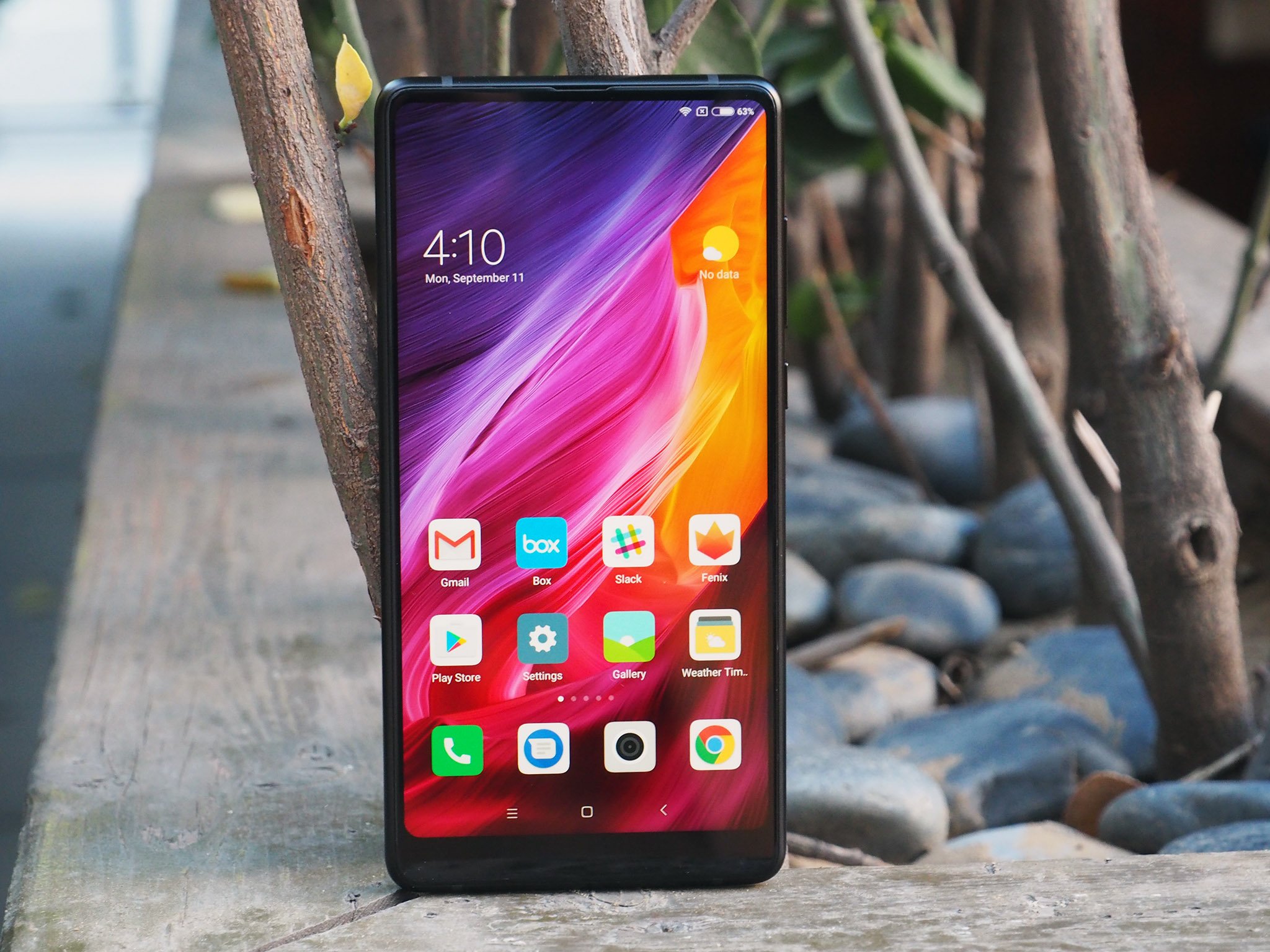Xiaomi ends Samsung's six-year dominance in India.
Xiaomi tied with Samsung for the top spot in India's handset segment late last year, and with the momentum strongly in favor of the Chinese manufacturer, it was only a matter of time before it overtook Samsung. That day has arrived, as Xiaomi is now claiming that it is the largest smartphone brand in India on the back of Q4 sales.
The claim is backed up by numbers from both Counterpoint and Canalys, two market research firms that aggregate data from the Indian market. According to Counterpoint, India's overall mobile phone shipments grew 37%, with smartphone shipments seeing a 12% uptick. Xiaomi was the manufacturer leading the charge, amassing a market share of 25% to beat out Samsung's 24% in Q4 2017. Samsung still came out on top when you look at FY2017 numbers, with a market share of 25%, followed by Xiaomi at 19%.
Xiaomi was the clear frontrunner in the online segment, but the manufacturer laid the groundwork for its offline expansion last year, aggressively focusing on brick-and-mortar stores to drive sales. The move paid dividends, as noted by Counterpoint Research Associate Director Tarun Pathak:
During the second half, players such as Xiaomi was particularly disruptive with an aggressively-priced, broad portfolio taken to market with an effective channel expansion strategy.
Canalys data suggests Xiaomi has shipped 8.2 million units in Q4, nearly a million more than the 7.3 million Samsung managed in the same period. One reason for Samsung's downturn comes from its inability to effectively match Xiaomi in the budget segment, which accounts for a majority of sales in India. From Canalys analyst Rushabh Doshi:
It has been unable to win over cost-conscious consumers, losing market share in the sub-INR15,000 (US$240) segment to Xiaomi quarter after quarter. Despite its ability to offer better margins and funding to the offline channel, consumer demand for Samsung's devices has been weak.
Xiaomi hasn't detailed its 2018 strategy for the Indian market, but a recent teaser by India PR lead Clinton Jeff suggests we'll see the Redmi Note 5 in India next month. Xiaomi India head Manu Kumar Jain reiterated that India is a key market, and that the manufacturer will launch new product categories this year:
We are extremely pleased that we have been able to retain our position as the No 1 smartphone brand in the Indian market (including both online and offline markets) according to reports from Canalys and Counterpoint.. We are grateful for the constant love and support that we receive from our Mi Fans.
I believe our constant innovation across our products, operating model and our commitment to India has helped us win over our Mi fans. India is a key market for us and we will continue to launch new products and product categories for Indian Mi fans.
There's no mention of what those products might be, but with Xiaomi increasingly focusing on its lifestyle label, we could see some smart home products making their debut in India.
In an odd twist, Samsung is refuting Xiaomi's Q4 sales figures.
Now that's where the story would usually end, but like an M. Night Shyamalan movie, there's a twist here. Samsung has refuted the Q4 sales figures, stating that shipments don't correlate to market share and that it is still the number one smartphone brand "by a distance." Citing German market research firm GfK's data — which details units sold to end users rather than shipments — Samsung is saying that it has a 45% value market share and 40% volume market share in the country:
Samsung is India's number 1 smartphone company by a distance. As per GfK, which tracks sales to end consumers, in the last (November) quarter Samsung had a 45 percent value market share and 40 percent volume market share.
Samsung is a full range player and leads the smartphone business across every segment of the India market in 2017. More importantly, Samsung is India's 'Most Trusted' brand. We owe our undisputed leadership to the love and trust of millions of our consumers in India.
Xiaomi countered the argument by stating that GfK doesn't count the online segment, which accounts for 33% of all sales. Xiaomi dominates e-commerce sales in the country and is the largest online brand by some margin, so there is some validity to its claim.
We should have a clearer picture of the Indian handset ecosystem in a few months' time, but what cannot be discounted is the magnitude of what Xiaomi has accomplished over the last few quarters. The brand went from 9% market share to 25% by aggressively focusing on the budget segment and making its phones available at thousands of retail stores. It'll be interesting to see how Samsung responds this year.


Tidak ada komentar:
Posting Komentar